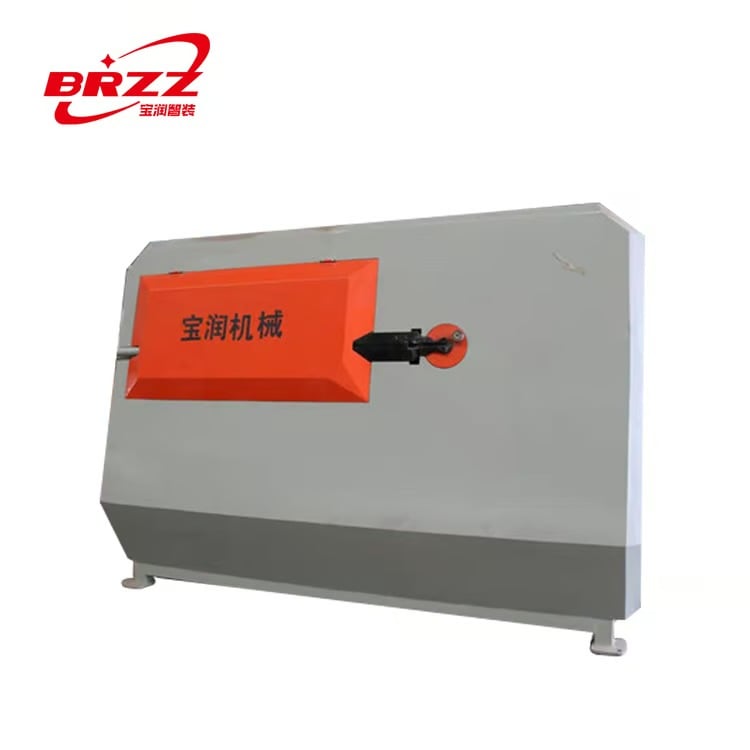The Importance of Metal Processing Equipment in Manufacturing
Metal processing equipment plays a crucial role in various industries, enabling efficient and precise manufacturing processes. From shaping and cutting to welding and finishing, this equipment ensures the production of high-quality metal products. In this article, we will explore the different aspects of metal processing equipment and its significance in modern manufacturing.
1. Understanding Metal Processing Equipment
Metal processing equipment encompasses a wide range of machines and tools used to transform raw metal materials into desired shapes, sizes, and forms. It includes equipment such as CNC machines, lathes, milling machines, presses, and grinders. These machines utilize various techniques, including cutting, bending, joining, and surface treatment, to process metal materials efficiently.
2. Cutting and Shaping Metal of Metal Processing Equipment
One of the primary functions of metal processing equipment is cutting and shaping metal. CNC machines, for instance, use computer-controlled precision to cut and shape metals with unparalleled accuracy. Laser cutting machines, plasma cutters, and waterjet machines are commonly used for precise cutting of metal sheets and plates, enabling manufacturers to create complex and intricate designs.
3. Forming and Bending Metal
To achieve specific shapes or curves in metal, metal processing equipment utilizes forming and bending techniques. Press brakes and roll forming machines allow manufacturers to bend metal sheets and bars into desired angles or shapes. These machines provide the flexibility and precision required for producing components with complex geometries, such as automotive body parts or architectural structures.
4. Joining and Welding Metals of Metal Processing Equipment
Joining metal parts is a crucial step in manufacturing, and metal processing equipment offers various methods for achieving strong and reliable connections. Welding machines, including MIG, TIG, and spot welders, use heat and pressure to fuse metal parts together. Additionally, soldering and brazing equipment enable the joining of smaller components or delicate materials, such as electronic circuit boards.
5. Surface Treatment and Finishing
Metal processing equipment also plays a vital role in enhancing the appearance and functionality of metal products through surface treatment and finishing processes. Grinding machines and sandblasters are used to smooth rough surfaces and remove imperfections, ensuring a polished and uniform finish. Coating systems, such as powder coating or electroplating, provide protective layers and improve corrosion resistance.
6. Automation and Efficiency of Metal Processing Equipment
Advancements in metal processing equipment have led to increased automation and improved manufacturing efficiency. CNC machines, for example, can be programmed to perform complex operations with minimal human intervention, reducing errors and enhancing productivity. Automated material handling systems further streamline production processes, allowing for continuous operation and faster turnaround times.
7. Precision and Accuracy of Metal Processing Equipment
Metal processing equipment is designed to deliver exceptional precision and accuracy, ensuring consistent quality in the manufactured products. Computer-controlled machines eliminate human error and enable tight tolerances, meeting the strict requirements of industries such as aerospace and medical equipment manufacturing. The ability to achieve precise measurements and cuts minimizes material waste and improves overall efficiency.
8. Versatility and Adaptability of Metal Processing Equipment
Metal processing equipment offers versatility and adaptability, allowing manufacturers to work with a wide range of materials and accommodate diverse production needs. From aluminum and steel to titanium and exotic alloys, these machines can handle different metal types and thicknesses. With adjustable settings and interchangeable tooling, they can quickly transition between various production requirements, maximizing operational flexibility.
9. Safety and Operator Well-being of Metal Processing Equipment
Modern metal processing equipment prioritizes safety and operator well-being. Advanced safety features, such as emergency stops, interlocks, and protective enclosures, help prevent accidents and injuries. Additionally, ergonomic designs and user-friendly interfaces contribute to the comfort and efficiency of machine operators, reducing fatigue and improving overall productivity.
10. The Future of Metal Processing Equipment
The future of metal processing equipment looks promising, with ongoing advancements in technology and automation. Industry 4.0 concepts, such as the Internet of Things (IoT) and artificial intelligence, are being integrated into these machines, enabling real-time monitoring, predictive maintenance, and data-driven decision-making. This integration enhances productivity, reduces downtime, and improves overall equipment effectiveness.

